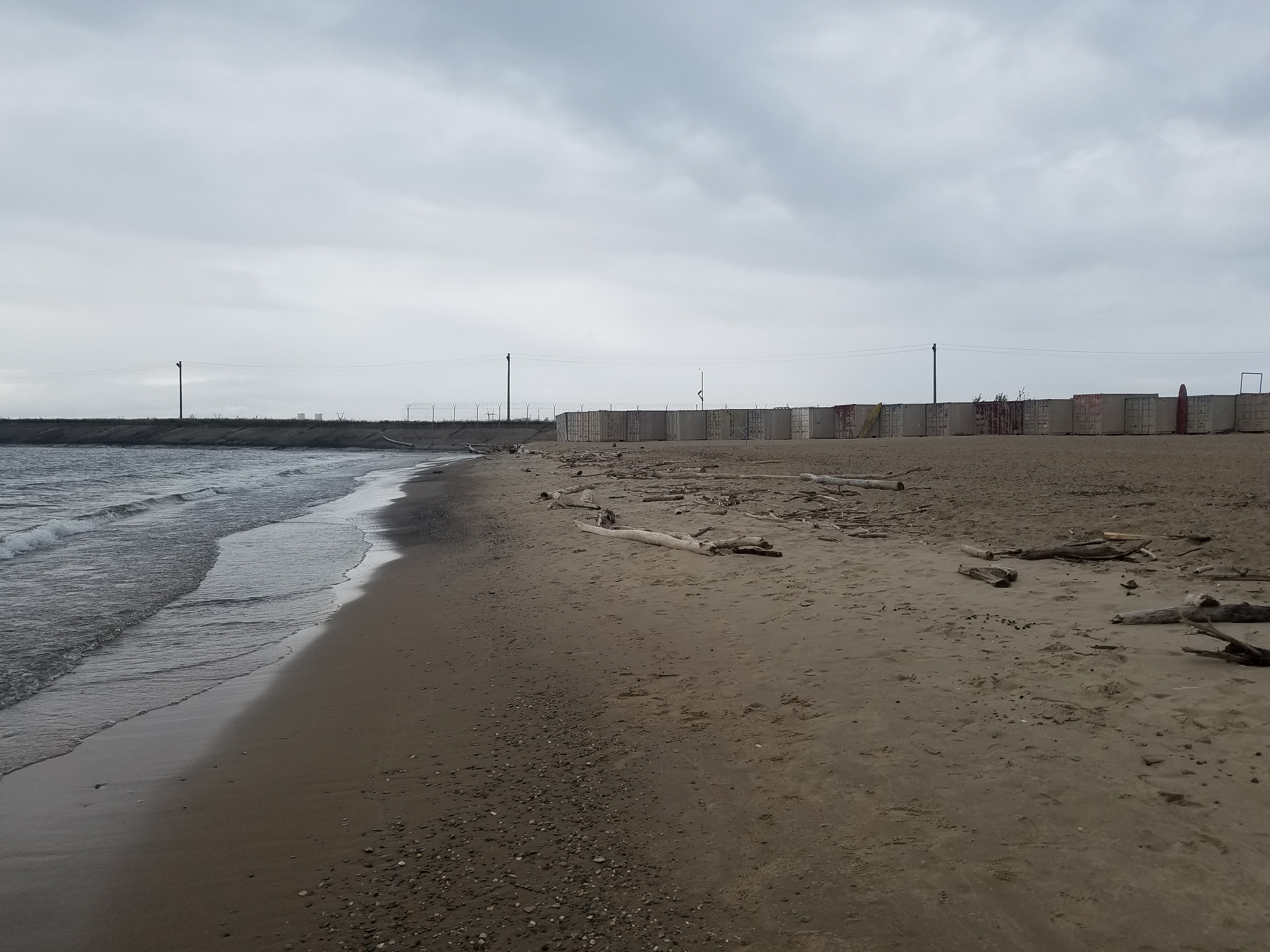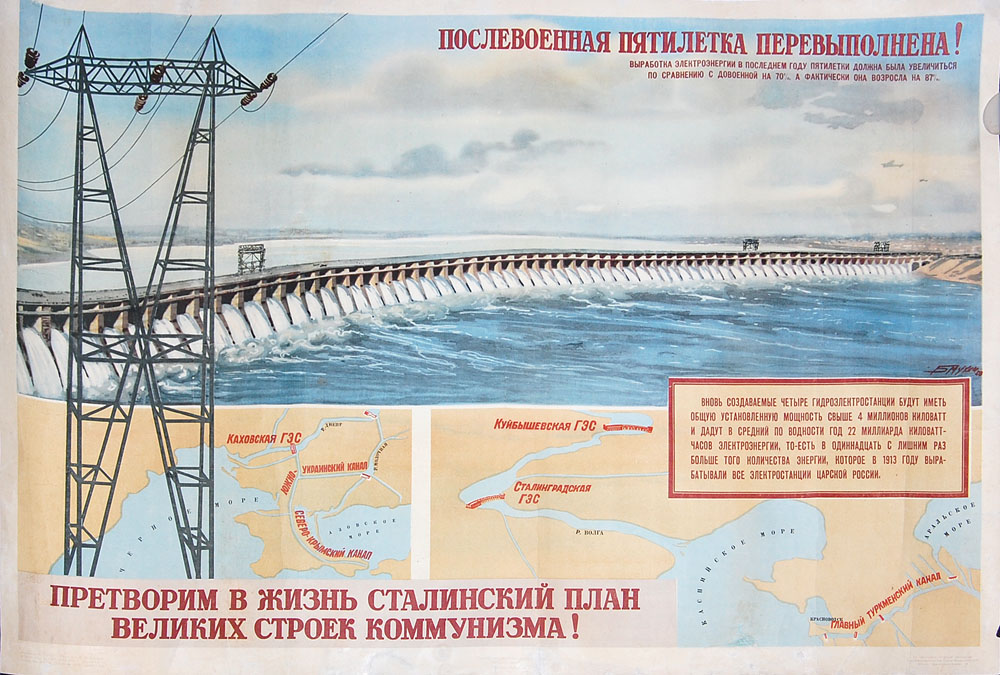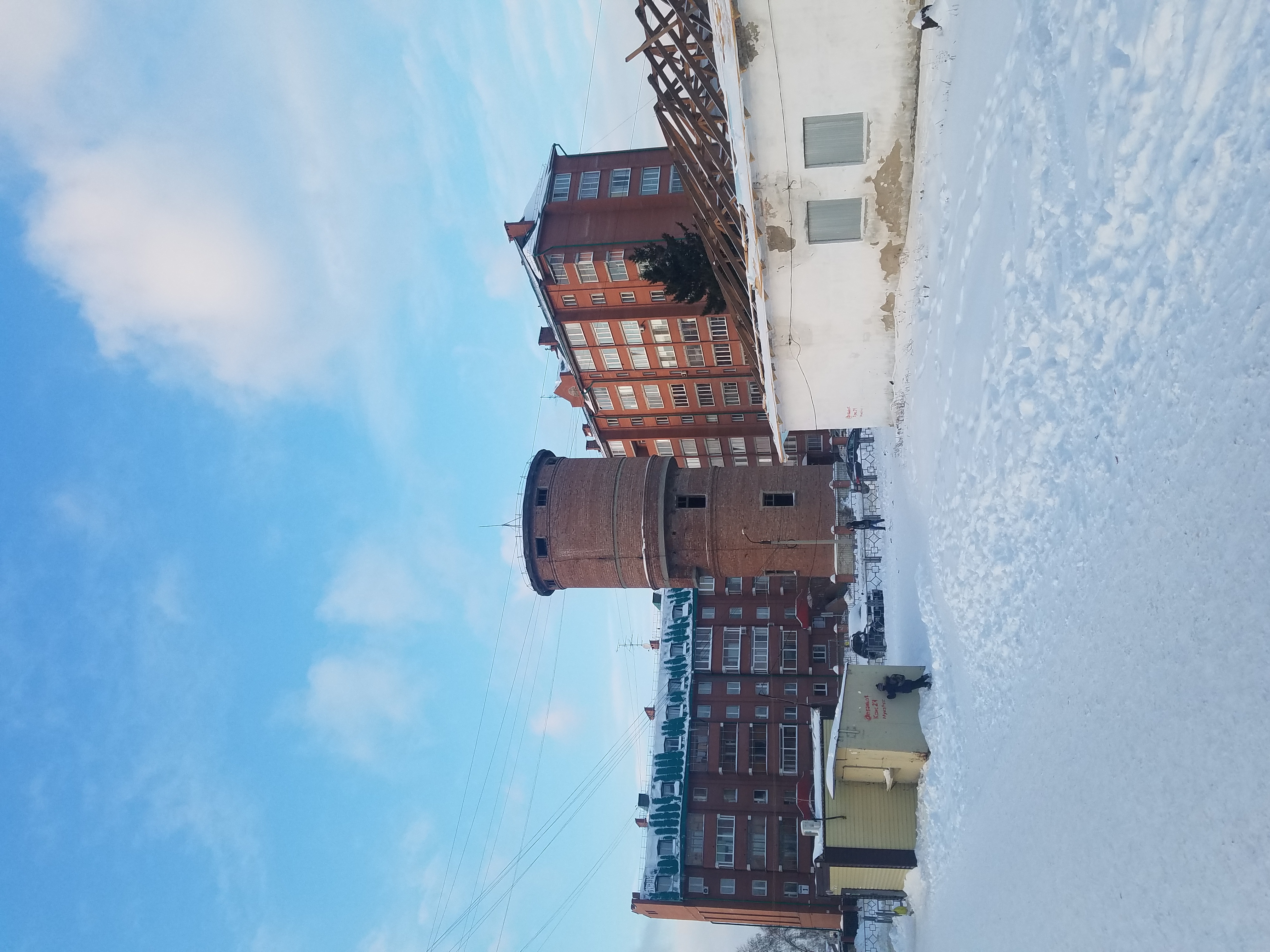Images from Western Siberia
1. The Ob' Sea
This post marks the beginning of what I hope to be a series of posts about my experiences in Siberia. Inspired by the photos I took there, this blog will include my reflections and, in some cases, the first-hand observations I recorded while living in Novosibirsk.
 Обское море (The Ob' Sea)
Обское море (The Ob' Sea)
The caption is misleading. The water lapping the shore certainly suggests an oceanic landscape, but what you are looking at is one of the many artificial lakes that litter the Siberian landscape. The lakes were created by the construction of a dam powering a hydro-electric station, what in Russian is known as a ГЭС (pronounced like "guess").
The hydroelectric station was built from 1950-1959 along with a number of hydroelectric stations in Siberia. The station was intended to help power the large influx of industry in Novosibirsk engendered by the evacuation of factories from Western Russia during the war. However, unlike the raging rivers of Eastern Siberia (e.g., the Angara in Irkutsk), the power created from damming the Ob' river did not suffice. To this day, the vast majority of Novosibirsk's energy comes from its coal fired plants. Nonetheless, a point of pride for Novosibirsk and Siberian hydroelectric stationis in general, is that they were constructed with far less political prisoner labor than those of Western Russia.
 A post showing similar projects undertaken in the post-war period in Western Russia near the Caspian sea. The poster reads: The post-war five-year plan has been exceeded. The development of electro-energy in the last year of the five-year plan was supposed to have grown 70% from the pre-war period. Instead it amazingly grew by 80%.
A post showing similar projects undertaken in the post-war period in Western Russia near the Caspian sea. The poster reads: The post-war five-year plan has been exceeded. The development of electro-energy in the last year of the five-year plan was supposed to have grown 70% from the pre-war period. Instead it amazingly grew by 80%.
These artificial lakes achieved a mythical status for a variety of reasons. For one, the whole process of electrification was romanticized in Soviet Propaganda as a process of harnessing nature and subjecting it to human control. In Novosibirsk, this is particularly ironic because the artificial lake actually increased wind speeds and changed weather patterns in the city given its enormous surface area.
Another myth surrounding these areas has to do with the areas they flooded. The artificial lakes almost always flooded the areas of former villages, the residents of which had to be resettled. In the Novosibirsk region, the old city of Berdsk had to be completely relocated and constructed anew. This process had particular resonance with a mythical Russian city known as Kitezh. According to the myth, the citizens of Kitezh prayed for salvation from an invading Tatar army and as a result were flooded with their city under the depths of Lake Svetloyar. The legend holds that the sound of the city's church bells and the noise from its services can still be heard from the surface of the lake. Though I heard no bells, I can see how the wind gusting along the surface could inspire such impressions in the minds of those with the legend in their heads.
 A water tower near school number 5 in the new city of Berdsk.
A water tower near school number 5 in the new city of Berdsk.
